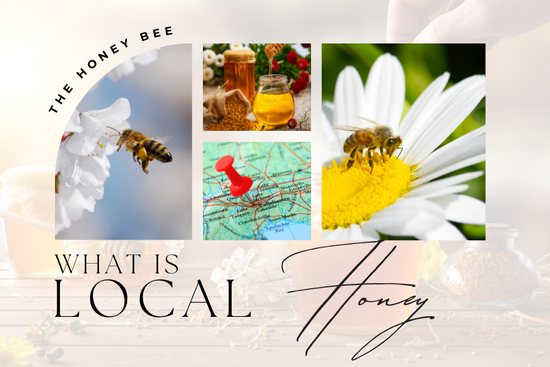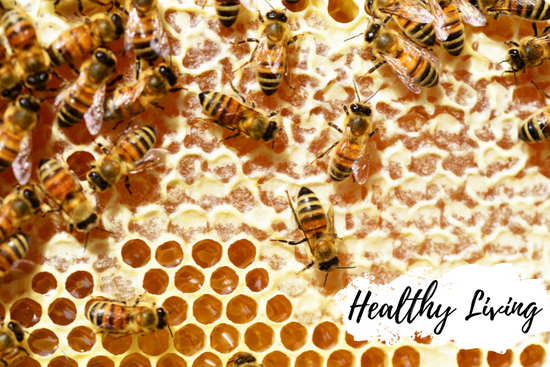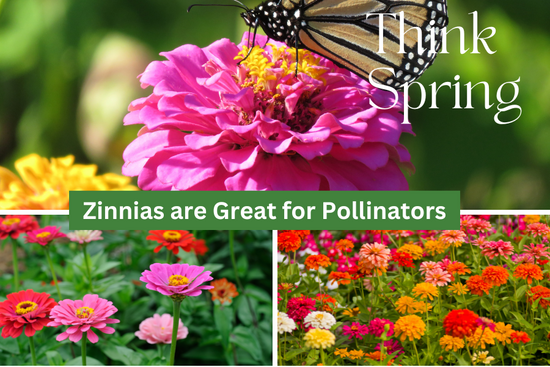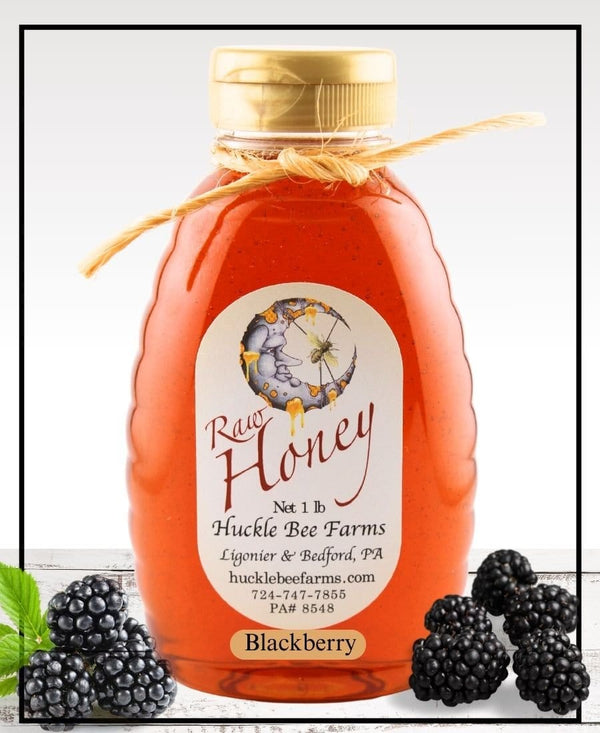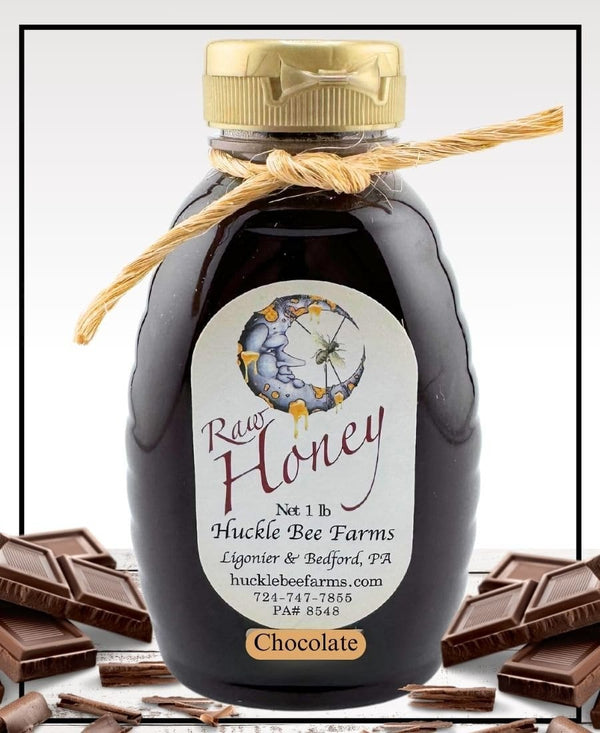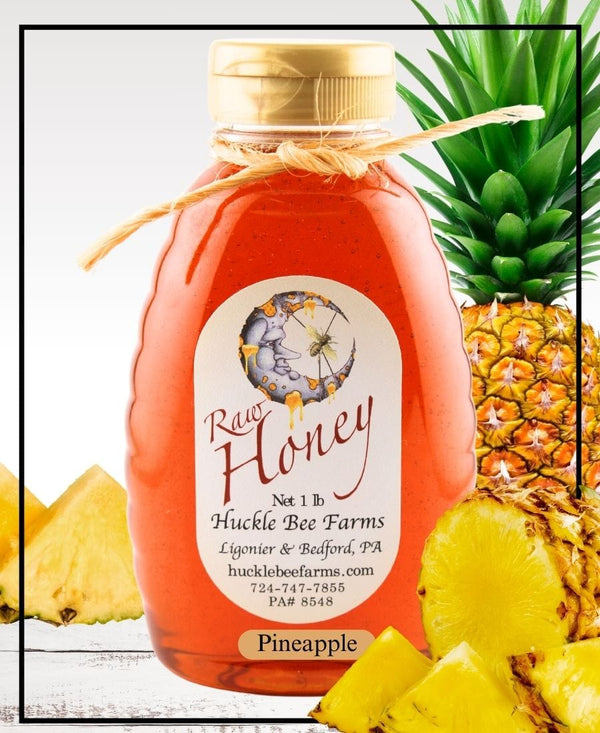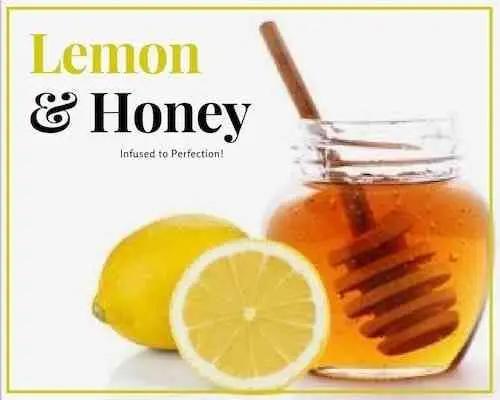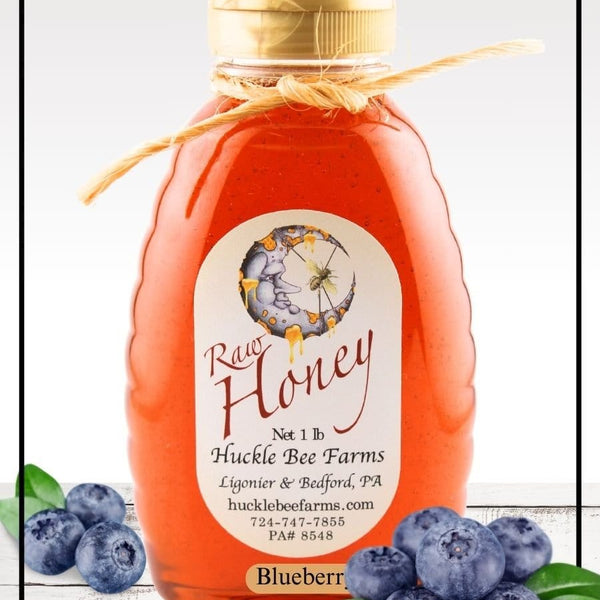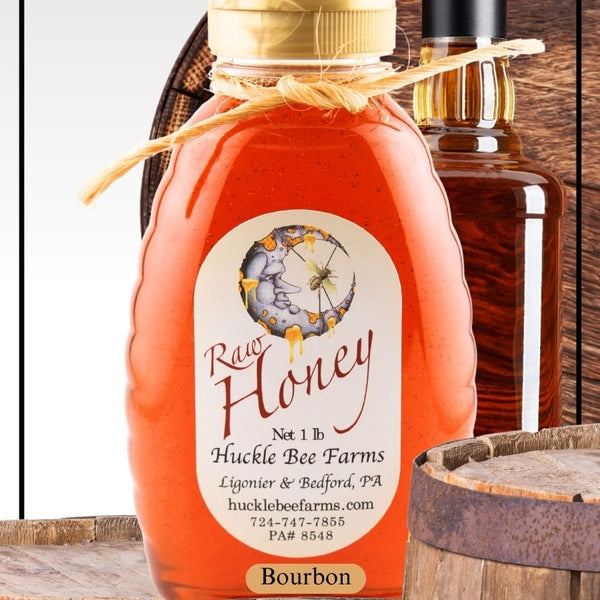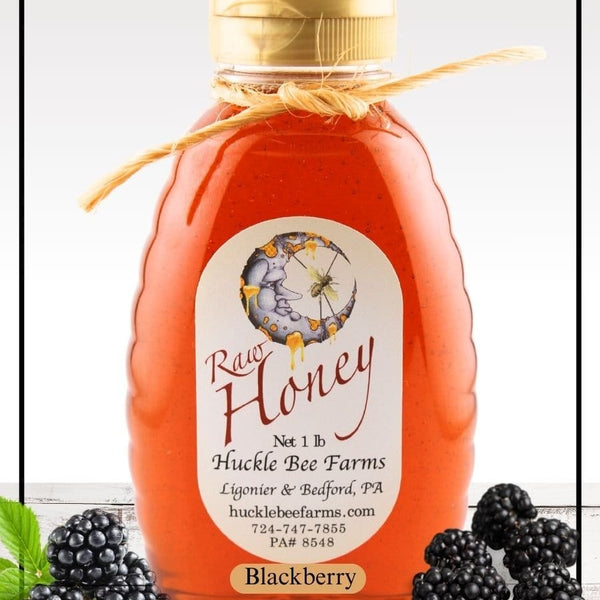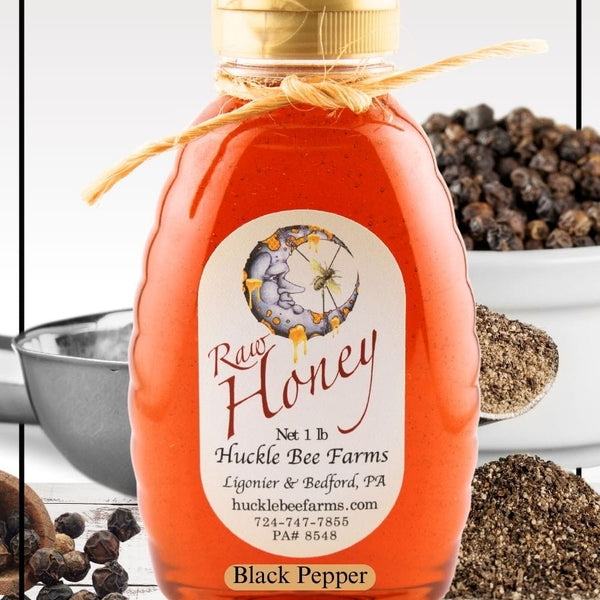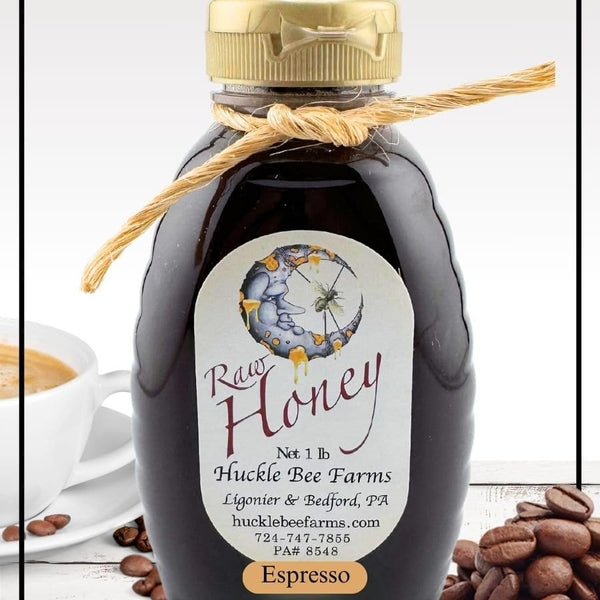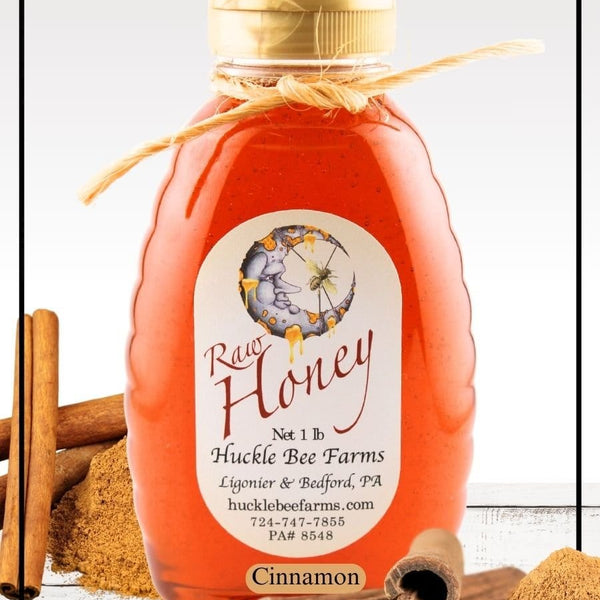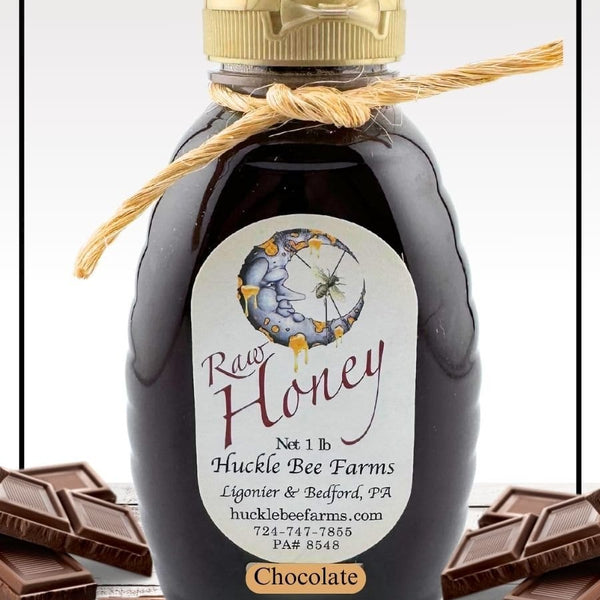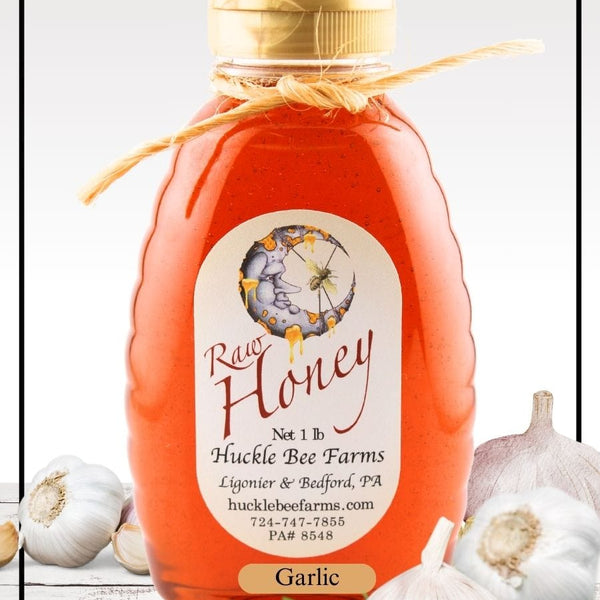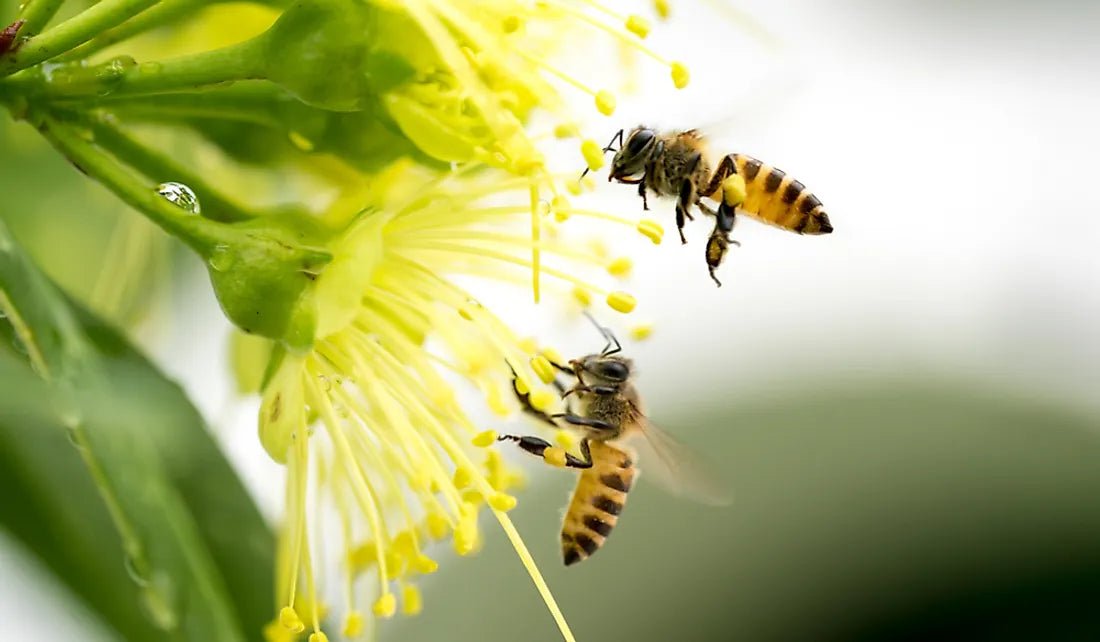
Fascinating Honey Bee Facts: Everything You Need to Know
Honey Bees are nature's master craftsmen, shaping the world's sweetness in tiny, waxy chambers. Just as architects erect grand structures from humble materials, so too do bees construct their honeyed havens.
Their society is a testament to order and industriousness, mirroring the bustling efficiency of a well-oiled metropolis. Each bee, from forager to queen, plays a critical role ensuring their city thrives.
Fluttering from bloom to bloom, they are inadvertent heroes of pollination; a single bee's lifetime dance among flowers can impact a whole ecosystem's vitality. Their tireless work threads the needle, stitching the fabric of biodiversity.

The Social Structure of Hives
In the fascinating world of the honey bee, social structure is akin to a well-oiled machine with each bee playing a critical role ensuring their city thrives. The queen, the drones, and the worker bees are the castes that interact in a diligent symphony orchestrating the hive’s success. These societal roles are established by nature’s blueprint, ensuring survival and efficiency across the colony’s lifecycle.
The queen reigns, her primary task being to lay the thousands of eggs that sustain the population. Worker bees, the female multitaskers, handle foraging, nursing, and guarding. Below them, the male drones exist solely to mate with a queen, their brief but vital contribution ensuring genetic diversity within the hives.
Hierarchies and Roles
In the bustling metropolis of the beehive, a strict hierarchy prevails. At the pinnacle reigns the queen, the sole egg-layer and mother of all. Workers, her tireless daughters, perform a multitude of tasks, from nursing to foraging, while the male drones have but one purpose—mating.
The queen's existence is singularly focused: she is the heart of hive reproduction, laying up to 2,000 eggs daily. Workers embody versatility, their roles changing with age; they transition through cleaning, feeding the brood, and eventually venturing out as foragers. Drones, meanwhile, live a life of waiting for the chance to pass on their genetics.
"Honey bees communicate through dances, a captivating ritual that conveys the location of resources."
Despite clear divisions, these roles are flexible. A colony adapts to the queen's pheromones and needs, ensuring the hive's collective success. Without each bee's unwavering dedication to their role, the system would falter, testifying to the intricate balance within these natural marvels.

Queen Bee Importance ...
The queen bee is the hive's keystone.
Without her, the colony simply cannot survive. The queen's primary role within her insect kingdom is reproduction, which is critical for the hive's continuity. She is the only bee within the hive capable of laying fertilized eggs, thus she is essential for the creation of future generations. Moreover, she produces pheromones that help regulate the hive's activities and unity.
Her absence creates immediate concern.
A hive without its queen is a rudderless ship—a community with a dwindling future. The workers swiftly recognize the absence of the queen’s pheromones and begin the process of raising a new queen to secure the continuity of the colony.
Without her, there would be no succession.
Her impact extends beyond egg-laying; her genetic blueprint molds the colony's future. The selection of her mate, or mates, from drones of various genetic backgrounds ensures healthy diversity. This genetic variety is key to the colony's resilience against disease and environmental stressors.
Worker and Drone Dynamics
Worker bees are the industrious souls of the hive, multitasking to keep the community thriving.
- Worker bees are all female and perform all the labor: gathering food, nursing, building the hive, and guarding.
- Drones, the male bees, have one sole purpose: to mate with a queen.
- Workers also regulate the temperature of the hive by fanning their wings.
- Drones do not have stingers and cannot defend the hive.
- Workers have a lifespan of about six weeks in active seasons; drones live until they mate or are expelled.
Drones are vital for genetic diversity but expendable post-mating season.
In the intricate dance of the hive, workers wield immense power, even deciding when drones must leave.
Communication and Behavior
Honey bees are remarkable communicators, employing a sophisticated language that's a marvel of the insect world. When a forager bee discovers a bounteous source of nectar, she performs a waggle dance. This intricate figure-eight motion, punctuated by vibrations and waggles, transmits detailed information about the direction and distance of the food source relative to the sun and hive.
Over and above these dances, bees exhibit complex behaviors that help manage colony life. They use pheromones—chemical scents—as messengers to convey different signals. These can ignite a swarm's move to a new home, quiet a restless crowd, or sound an alarm causing the guard bees to prepare for potential threats. It's this multifaceted system of communication that helps sustain a hive's intricate social order and its very survival.
The Waggle Dance Explained
The waggle dance is a dynamic method used by honey bees to communicate important foraging information.
- Scout bee locates: A scout bee finds a food source and returns to the hive.
- Figure-eight dance: The scout performs a figure-eight dance, with the straight run indicating direction.
- Duration equals distance: The length of the waggle run represents the distance to the food.
- Dance angles and sun: Bees interpret the angle of the dance in relation to the sun's position.
- Followers learn: Watching bees decode this dance to understand where to fly.
Other foragers then watch and interpret this dance to navigate to the same location.
The precision of this dance underscores bees' complex cognitive abilities and their reliance on solar navigation.
Pheromones and Messaging
Honey bees are masters at chemical communication, utilizing pheromones to relay myriad messages within the hive.
Each pheromone serves as a unique chemical signal, capable of altering behavior or physiological states among hive members. For instance, the queen bee disseminates a special pheromone blend that maintains colony harmony and suppresses the reproductive systems of worker bees. This queen's scent is vital, as it also ensures workers recognize her presence, fostering social stability. If her pheromone levels wane or become absent, this triggers the colony to rear a new queen.
Alarm pheromones, on the other hand, act as an immediate call to action. When a bee feels threatened, it releases a specific scent that rapidly mobilizes defenders to protect the hive. These aromatic alerts can pinpoint the location of a disturbance, rallying other bees to the exact spot needing defense.
Moreover, pheromones exhibit critical roles during foraging. When a bee discovers a rich nectar source, it will coat the area with a scent marker, guiding fellow foragers to the bounty. This foraging pheromone fosters efficient resource collection and demonstrates the collaborative spirit intrinsic to bee communities. Thus, through pheromonal messages, bees manage an impressive range of hive functions, absolutely essential to their complex society.
Defense Strategies
The Honey bee possess remarkable mechanisms for colony protection, one of which is their infamous stinger. This defense is largely a last resort, as stinging results in the bee’s demise due to the barbed nature of their stinger.
When under siege, a beehive becomes a flurry of synchronized defense. Guard bees, the colony's frontline warriors, are the first to confront intruders with their stingers. If the threat escalates, additional workers reinforce the blockade, employing their stingers as well. They release alarm pheromones to signal danger, beckoning more defenders from within the hive. This mass mobilization creates an impenetrable shield, revealing the self-sacrificial bravery these creatures embody.
In addition to physical retaliation, bees execute a distinctive deterrent known as the "buzzing" threat. By vibrating their wings to create a loud buzzing sound, they warn potential threats of their presence and readiness to attack. This auditory warning is often sufficient to deter predators without escalating to combat.
Remarkably, some members of the bee community practice a non-aggressive but highly effective strategy called “shimmering.” The coordinated, wave-like movements of individual bees reflect light, giving the impression of an enlarged, more formidable entity. This display can bewilder and intimidate predators, preventing attacks. In tandem with their chemical and physical defenses, bees demonstrate a sophisticated arsenal to shield their home from dangers, ensuring the survival and continuity of their precious colony.
Honey Production Secrets
Bees are master craftsmen, turning nectar into honey through a remarkable process involving both teamwork and biological wizardry. As worker bees collect nectar from flowers, they store it in their special honey stomach, where it mixes with enzymes. These enzymes start to break down the complex sugars in the nectar into simpler ones, a transformative step crucial to honey production. Once back at the hive, the nectar is transferred mouth-to-mouth from bee to bee, further reducing the moisture content and refining the sugars.
This cycle of regurgitation and evaporation continues until the honey is sufficiently concentrated, at which point it's deposited into the honeycomb. Here, bees fan it with their wings to hasten the evaporation of any remaining water, thickening the honey. Once perfection is reached, the cells are sealed with a wax cap, preserving the honey for the bees—or lucky humans—to enjoy later.

From Nectar to Honey
The journey from nectar to honey is a testament to nature's ingenuity. It begins with honey bee meticulously gathering nectar, a sugary plant secretion, from the floral buffet before them.
Upon returning to their hive, the bees perform a meticulous dance of regurgitation and enzymatic reaction. They pass the nectar between each other, each exchange adding more enzymes and removing moisture, transforming the sweet liquid into something even more magical—honey. It's a natural alchemy, where simple sugars become a complex, long-lasting food source with incredible shelf stability.
As the nectar evolves, its consistency and composition adjust under the watchful eye of worker bees. With a tireless work ethic, they regulate humidity and temperature by wing-fanning, ensuring the thickening concoction achieves just the right viscosity. It's a finely tuned process, akin to the attentive care of a vintner overseeing a prized wine's fermentation.
In the final stage, bees seal the now-rich honey into the waxy chambers of the honeycomb. The hexagonal precision of these cells is a marvel of natural architecture, protecting the honey's purity and flavor. This act of sealing is the bee's guarantee of quality, acting as both a preserver and a sign that the intricate journey from nectar to honey is complete. Their meticulous efforts yield a sweet reward, revered by many for its taste and medicinal properties, which we have the privilege to savor.
Flowers and Foraging Techniques
Honey bees are masters at seeking out the finest flowers rich in nectar and pollen. They tirelessly visit a diversity of blooms, optimizing their bountiful harvests.
Artfully, these industrious insects employ the "waggle dance," a marvelous method of communication that conveys the location of fruitful foraging sites to fellow bees. It's a dance of precise angles and durations, symbolizing distance and direction in a riveting performance to their attentive audience.
Moreover, bees exhibit a remarkable strategy known as "flower fidelity." This tendency to visit the same type of flower repeatedly ensures efficient pollination, as bees become specialized carriers of pollen from one blossom to another of the same species.
Whilst foraging, bees secrete enzymes into the nectar, initiating the transformation to honey. This efficiency ensures honey’s sweetness and antimicrobial qualities while they shuttle between the floral array and their hive’s rigorously organized honeycomb.
Their symbiotic relationship with flowers is a testament to evolution. The bees’ survival hinges on their foraging success, and in turn, they play a crucial role in the proliferation of plant life on Earth.
Storing and Using Honey
Honey's lifespan is virtually indefinite if stored in airtight containers.
Unlike perishable condiments, honey remains edible for centuries, owing to its antibacterial properties. Despite changes in color or crystallization over time, honey's goodness endures, with warmth and stirring often restoring its silky texture.
Accessibility is key when using honey, as its thick consistency can be a culinary adhesive. Room temperature best keeps its flowing nature, with gentle heat aiding in easy pouring. Honey's flavor nuances can embellish a variety of dishes, drinks, and desserts.
From drizzling over warm biscuits to sweetening tea, honey's versatile allure spans across multiple culinary creations. Its applications are vast: a glaze for meats, a natural sweetener, or even a soothing throat remedy. Its adaptability makes it a staple in kitchens worldwide.
When honey meets the palate, its journey from bee labor to beloved treat is gloriously complete.
Honey Bee Conservation Efforts
The plight of honey bees, beset by problems like habitat loss, pesticides, and diseases, has sparked global conservation actions. Beekeepers, farmers, and environmentalists alike are rallying to protect these vital pollinators by promoting bee-friendly practices and restoring native plant habitats. The conservation of these buzzing stewards of nature is crucial for our ecosystems.
Indeed, the establishment of bee sanctuaries and the practice of sustainable agriculture are steps in the right direction. Supporting local beekeepers and planting pollinator-friendly gardens are individual acts that contribute to the broader mission of safeguarding our invaluable bee populations.
Threats to Bee Populations
Bee populations worldwide are facing significant challenges. Habitat loss from urban development and intensive agriculture disrupts their natural foraging areas.
Pesticides are another critical threat, with neonicotinoids being particularly dangerous. These chemicals linger in the environment and can contaminate pollen and nectar, harming bees. Disease and pests, such as the varroa mite, devastate colonies, while climate change alters the blooming times of plants, disrupting bees' food supply.
Variable climatic conditions also impact bees' ability to forage effectively. Extreme weather events, such as droughts and excessive rainfall, lead to inconsistent and diminished sources of nectar and pollen, stressing colonies.
Finally, monoculture farming practices limit the diversity of bees' diet, which is necessary for their health. This lack of diversity weakens their immune systems, making colonies more susceptible to diseases and pests. Public awareness and policy changes are critical in driving the shift toward more sustainable practices that protect bee populations.
Importance in Ecosystems
Honey bees perform a pivotal role within ecosystems as proficient pollinators.
- Pollination Agents: They pollinate numerous plants, ensuring reproductive success and genetic diversity.
- Food Web Contributors: Bees are fundamental in food chains, supporting the diets of other species.
- Biodiversity Protectors: Through pollination, they help maintain the structural integrity and species richness of habitats.
- Agricultural Supports: Their pollination services are vital for many crops, directly affecting human food resources.
Their decline can drastically disrupt ecological balance and reduce biodiversity.
Without them, the resilience of natural ecosystems and the sustainability of our agricultural systems would be profoundly compromised.
How to Support Healthy Bee Colonies
One key step is planting a variety of pollen-rich flowers. This provides bees with a continuous food source, crucial for their survival.
Moreover, avoiding pesticides or opting for bee-friendly alternatives is vital in safeguarding these pollinators. Harmful chemicals can disorient and kill bees, shrinking their populations. Therefore, embracing organic gardening practices and supporting local organic farmers can have a positive impact on bee health. A diverse environment with abundant forage and minimal chemical intervention is a sanctuary for these creatures.
In addition, providing water for bees is as important as offering them flowers. A shallow water source with landing places, like stones or twigs, ensures bees can hydrate safely. This small act of creating bee baths in gardens can significantly aid in their day-to-day survival.
Beekeeping is a fascinating hobby that involves the care and management of honey bees. It is not only a rewarding activity but also plays a crucial role in pollination and honey production. If you are interested in what we do here at Huckle Bee Farms, here are some key points to consider:
- Beehive Basics: Beehives are the homes for honey bees. They are kept in a area called a apiary.
- Beekeeping Equipment: As a beekeeper, we will need some essential equipment, such as a bee suit, gloves, smoker, hive tool, and bee brush. These tools help in inspecting and managing the hive without disturbing the bees.
- Bee Behavior: Understanding bee behavior is crucial for our beekeepers. Bees have specific roles within the colony, including the queen, worker bees, and drones. They communicate through pheromones and perform various tasks like foraging, nursing the brood, and building honeycombs.
- Honey Production: Honey bees collect nectar from flowers and convert it into honey. Our beekeepers can harvest honey by carefully extracting the frames from the hive and extracting the honey using a honey extractor. It is important to leave enough honey for the bees to sustain themselves during winter.
- Bee Health: Monitoring the health of bees is essential. Regular inspections help identify any signs of diseases or pests, allowing for timely intervention. It is also important to provide a clean and hygienic environment for the bees to thrive.
- Safety Precautions: We are involved working with stinging insects, so it is important to take safety precautions. Wearing protective clothing, working calmly and gently, and using smoke to calm the bees can help minimize the risk of stings.
Finally, we can support scientific research and conservation efforts aimed at understanding and protecting these indispensable insects. Purchasing honey and bee products from responsible apiaries aids in funding beekeepers who prioritize colony health. This symbiotic relationship between humans and bees furthers conservation and retains the integral role of bees in our ecosystems.
Read more to learn how to Support the Honey Bee
Huckle Bee Farms
www.hucklebeefarms.com




